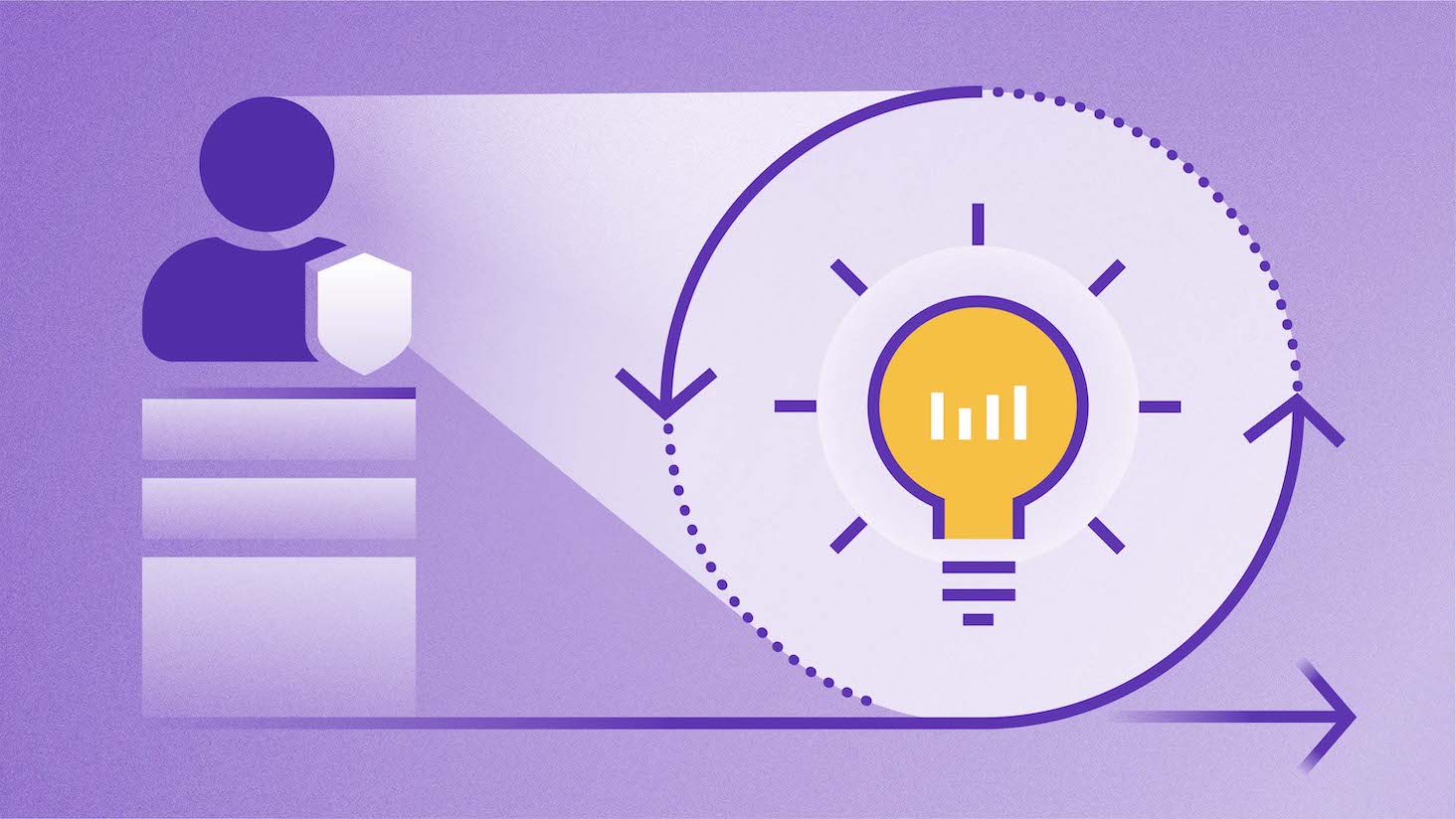Last updated on May 19th, 2023 at 07:45 pm
Functional Testing may be a style of software testing that validates the code against the purposeful requirements/specifications. Tests are conducted on every feature of the software package to work out its behavior, employing a combination of inputs simulating traditional operational conditions, and deliberate anomalies and errors.
Functional Testing may be a style of black-box testing whereby every part of the system is tested against purposeful specifications/requirements. This testing checks the program, APIs, Database, Security, Client/Server communication, and alternative practicality of the appliance below test. The testing will be done either manually or through mistreatment automation.
Keeping this scenario in mind, we are presenting to you 8 tried and tested techniques to suitable functional testing companies.
1. Match the Platform Wardrobe
Make sure the tool supports all the platforms that the team wants support for (web, mobile web, iOS native, golem native). If it doesn’t support the commonest platforms, then the check team would be forced to hide that risk in another way(s), which can eventually increase the value. If the tool supports all the platforms, then it’ll have to be compelled to track and run the set that’s supported.
The use of tags to differentiate between tests for options is going to be an extra profit which might facilitate speed up the delivery method. Therefore having tools that modify tagging would be terribly useful.
2. Speak the worldwide Language
It is continually best to use the programing language that’s used globally at intervals in the organization for testing. this is able to facilitate and avoid problems with the compatibility of alternative tool stacks. it’d facilitate the developers to additionally simply perceive the automation tests once a bug is encountered. instead of attempting to find out a brand-new language or tool stack.
Sometimes if the check team is simply getting into the check automation world they’d value using languages that are straightforward to find out. however, it’s a lot of sense to use language that’s used globally at intervals in the organization.
3. Sufficient Training/Documentation
You should make certain that there are any supporting documents or items of coaching which will be provided for the team to urge up to hurry in the mistreatment of the tool. A lot of support and coaching will facilitate the team to use the tool to realize vast profits. it’d additionally stop the team from touching any roadblocks. Therefore, this is often one thing that must powerfully address when choosing a tool.
4. Informative and perceptive reporting
The basic report of test execution is whether or not legal action is passed, which is supported by most, if not all, automation tools. Functional testing companies generate test reports that ought to facilitate diagnosis and analyze defects and root causes, test coverage, test effectiveness, and alternative analysis. Therefore, choose the purposeful testing tool whose dashboards and charts have a customizable degree of detail regarding the meant audience.
5. Enroute to CI/DevOps
As I discussed automated Testing is the bedrock of CI and DevOps practices, and a significant automation tool should be able to integrate with CI and DevOps toolchains. If you have already got CI in situ then make certain the tool you select fits the complete existing tool stack. which means the tool must run from the statement and manufacture output, that the CI system will interpret. because the trend of accelerating DevOps adoption continues, the mixing capability becomes a vital feature for automation tools.
6. match the Team
You need to pick out the purposeful testing tools that supported your team’s culture, skill set, daily progress, and skill to find out. The team might be trained to use it however looking at its grasping ability is however a tool that ought to be hand-picked. Complicated tools may hit laborious on team time and productivity.
7. Go straightforward on Your Pocket
You should contemplate foremost the value of the tool. Several tend to travel for tools and frameworks, JMeter and Appium as they’re cost-efficient. However, most of those tools, in contrast to typical business alternatives, need technical experience (programming skills and experience) to create, integrate and deploy before utilizing them effectively.
TestProject provides a 100 percent free integrated and ready-to-use setting by investing in standard open-source frameworks and libraries like Selenium and Appium. These solutions are beautifully different, don’t need technical experience to deploy, programming skills, and knowledge to use.
The tool ought to do everything you wish it to try to do while not being a slow drain on the testing budget as it’s fully free too.
8. The Bug area
Identify the areas wherever rigorous testing is required and opt for one tool which will accommodate all. You’ll get a concept by mistreatment your defect hunter. That sort of analysis may realize the bulk of bugs within the business logic, the info layer, or the graphical program (GUI). Therefore, functional testing companies choose a tool that facilitates all problems, however, focuses on most areas wherever bugs are noticed often.

Software Testing Lead providing quality content related to software testing, security testing, agile testing, quality assurance, and beta testing. You can publish your good content on STL.



